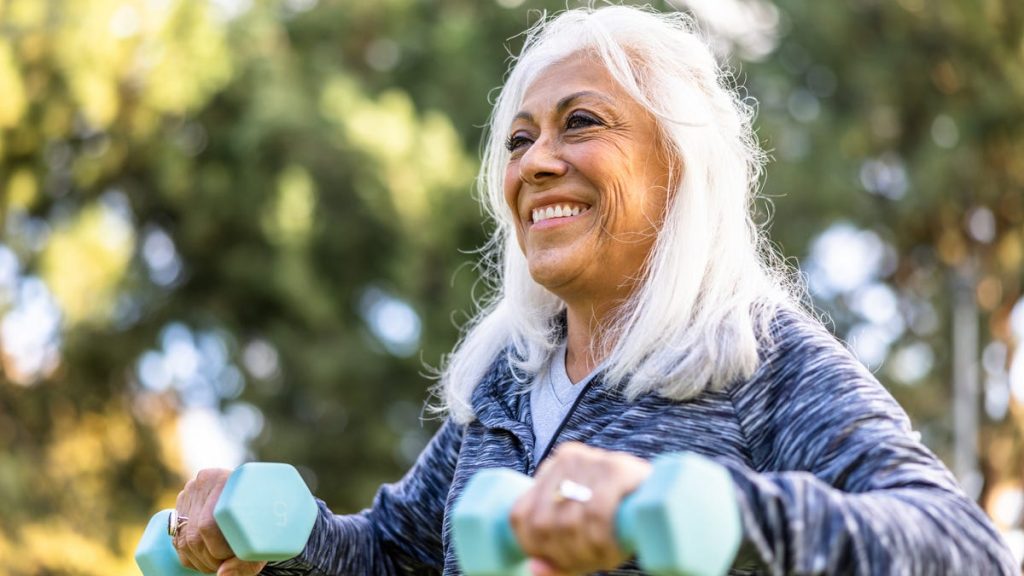Fitness is a crucial component of healthy aging, especially when it comes to anti-aging exercises that target strength, balance, and mobility. These exercises can help older adults maintain their independence and overall wellness. Engaging in regular physical activity can also support brain health and reduce the risk of diseases commonly associated with aging, such as Type 2 diabetes, heart disease, cancer, and dementia. Despite common misconceptions about the safety of exercise for older adults, it is actually essential for maintaining a healthy life. Various experts, including physical therapists and personal trainers, recommend specific guidelines for safe exercising, such as focusing on minimal-impact activities, joining programs like SilverSneakers, targeting specific muscle groups, and incorporating stretching and balancing exercises.
When it comes to identifying the best anti-aging exercises for older adults, it is essential to consider factors like current fitness levels and any medical conditions that may require modifications. The CDC recommends a minimum of 150 minutes of moderate aerobic activity per week, along with two days of strength exercises and activities to improve balance. Examples of suitable exercise routines for older adults include moderate cardio activities like walking, water exercises, hiking, and using an elliptical. Light strength exercises are also beneficial, focusing on functional movements like squatting, hinging, pushing, pulling, and carrying. Additionally, exercises to improve balance, such as standing on one foot and practicing yoga, can help reduce the risk of falls.
One crucial aspect of exercise for older adults is balance, as many individuals experience balance issues as they age. Improving balance can decrease the risk of falls and enhance overall stability. Simple exercises, like standing in front of a counter and gradually letting go to see how long you can maintain your balance, can be done throughout the day to build strength and coordination. Yoga is another effective form of exercise for improving balance. While there are no specific exercises that older adults should completely avoid, individuals with physical limitations due to diseases, conditions, or injuries should always follow the guidance of their medical doctors. By working with professionals to modify exercises and tailor workout programs to individual needs, older adults can achieve physical fitness in a safe and effective manner.
Overall, engaging in regular physical activity is crucial for healthy aging, supporting overall wellness, independence, and brain health. Older adults should focus on exercises that target strength, balance, and mobility, following guidelines set by experts. With personalized exercise plans and modifications, older adults can lead active and fulfilling lives while debunking common misconceptions about exercise and aging. By incorporating various types of physical activity, including moderate cardio, strength exercises, and balance-improving activities, older adults can maintain their health and well-being, reduce the risk of falls, and enhance their overall quality of life as they age.


